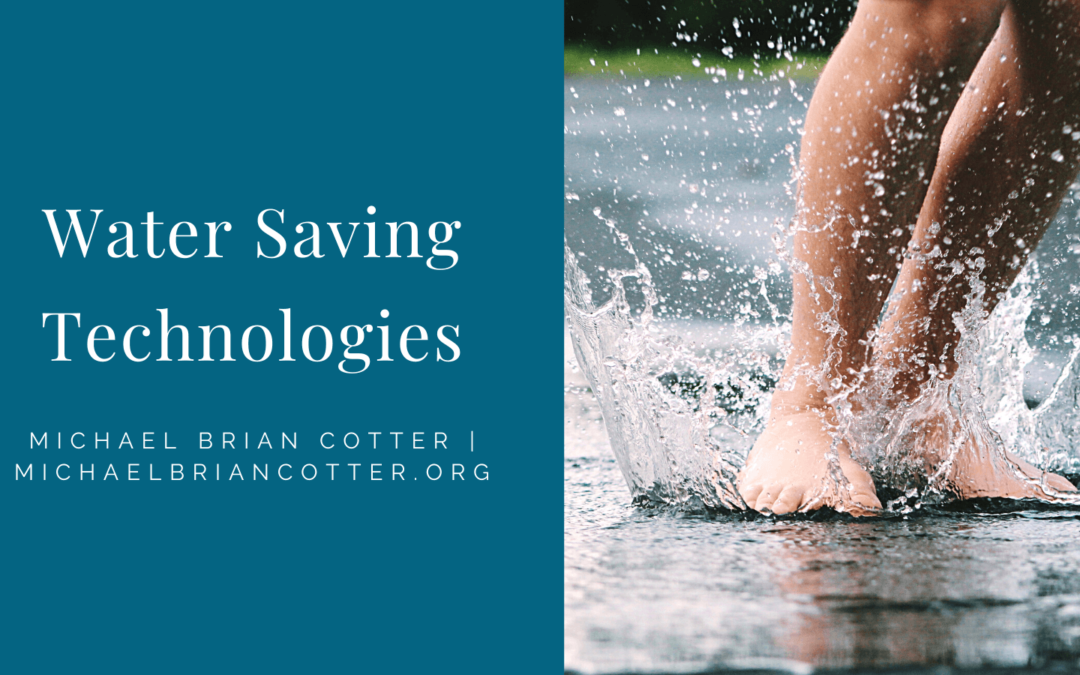Every day, millions of people use services provided by hydropower. In order to make this energy source as efficient as possible, various methods have been implemented over the years. Several technologies exist which lower the amount of water needed for power production. One important technology is called dry cooling. This technology was first used in the 1950s.
Dry cooling technology saves water by taking advantage of cooler outside air to cool down process steam that is used in power production. One of these technologies is called the direct dry-cooled (DDC) system, since it uses outside air directly without first cooling tower. Another method is called indirect dry-cooled (IDC), which is a combination of direct and once-through cooling. In this method, the water used in power production flows through a cooling tower before entering outside air for cooling.
Since water evaporates when it is exposed to warm air, both system require much less water than conventional systems that use wet or once-through cooling. A study found that wet or once-through cooling requires 15 to 40 times more water than the DDC technology. Another advantage over wet cooling technology is the lower environmental impact. The DDC technology has a smaller ecological footprint and causes less damage to aquatic habitats than wet or once-through cooling.
Dry cooling systems may be more expensive than wet, direct and indirect dry-cooled systems use about three times more energy for power production. However, this is offset by the benefits of using less water. One research estimated that electricity generated with dry cooling costs about 0.1ct per kWh more than hydroelectric power generation using wet or once-through cooling. The cost of water, however, is usually much higher than the additional energy costs to run a dry-cooled system.
Dry cooling technology has several extra advantages, such as increased efficiency and lower environmental footprints. This is because there is no direct water intake in the lake or ocean. This means that smaller amounts of natural minerals are transferred into the power production process.
Recent technological advancements have increased the efficiency of dry cooling systems. For example, the number of fans that are needed has decreased by up to 45 percent. This can be attributed to improved blade design and aerodynamics which increases airflow. In the future, new technology is expected to further increase efficiencies while lowering costs at the same time.
Technology that reduces water usage in hydropower is becoming more efficient. This technology, which includes direct and indirect dry cooling, has improved over time and can be attributed to improved fan blade design. Cloud computing is helping increase the efficiency of these systems even further in the future. For more information, click here,
